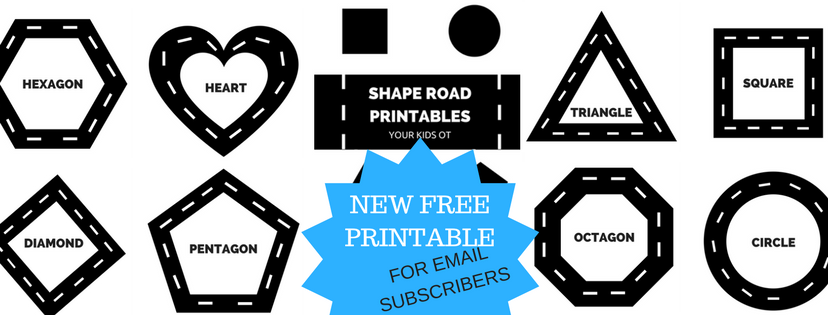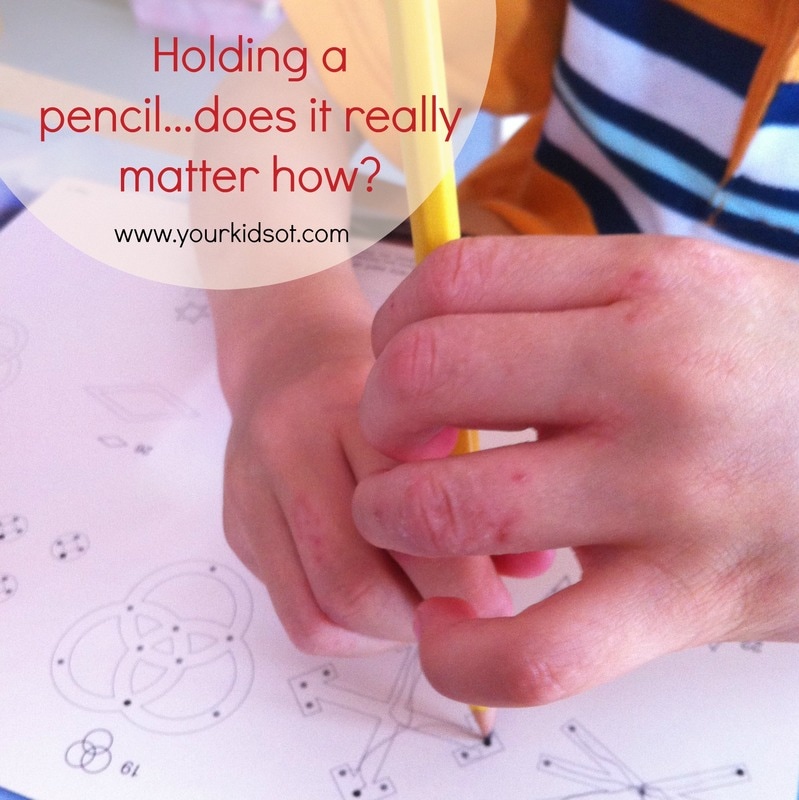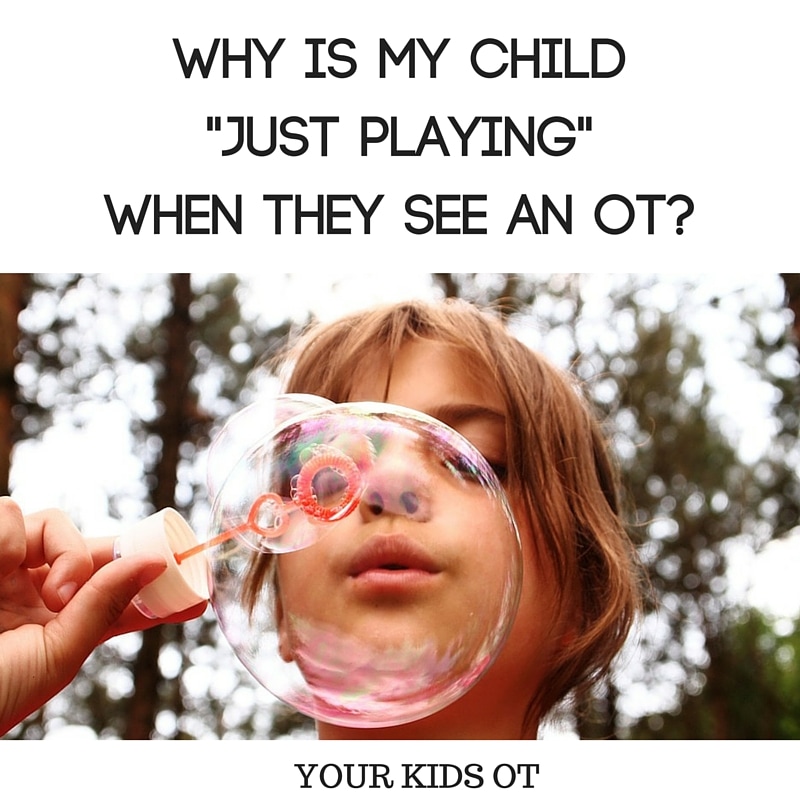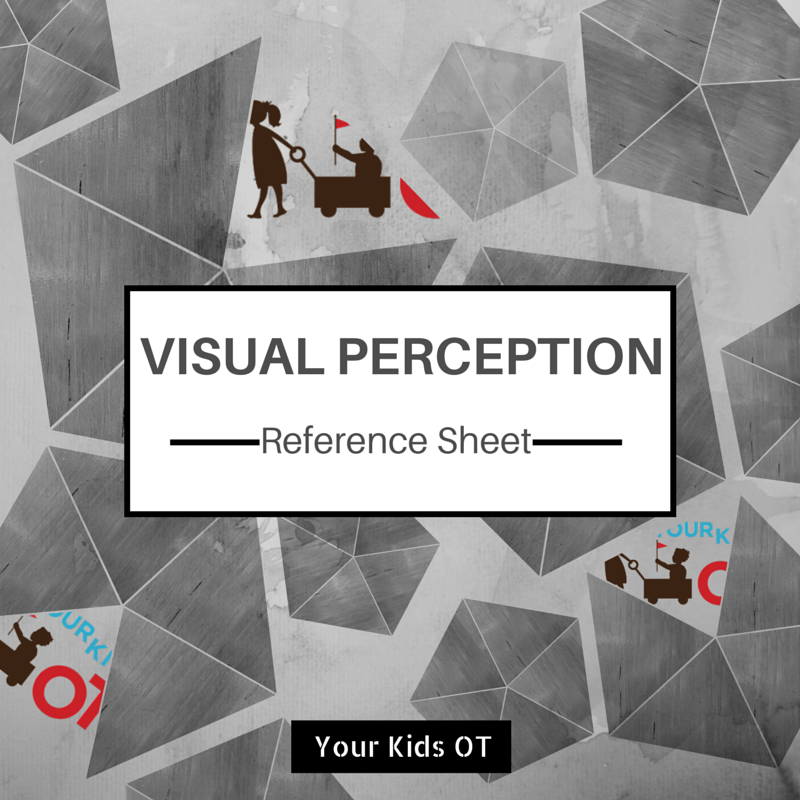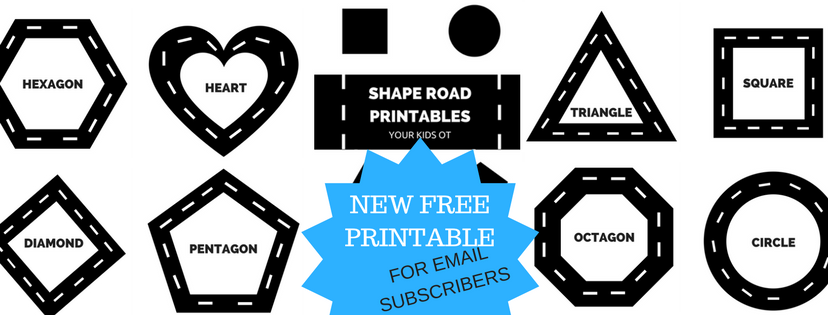|
Are you kids wearing velcro, buckles or lace ups for school this year? There is a growing trend {just my observation} for kids to start school with velcro fastenings on their shoes {mine included}. Kids are learning to tie their shoe laces at a later age putting off this "difficult" challenge. Tying shoe laces is a complex skill that requires the integration of both sides of the body (bilateral coordination), integration of what is seen and hand movement (visual motor integration), planning, sequencing and manual dexterity. Developmentally, kids are ready from about 5 years of age to start learning to tie shoe laces, although some may not master it for a while. In this article, I have collated some terrific tips by fabulous therapy bloggers for helping your child to tie shoe laces. Technique There are generally 2 techniques used to tie shoe laces. The single loop and the double loop methods. Tonya from Therapy Fun Zone describes these two methods with excellent step by step pictures to guide your child. She even introduces a third method! Read about it here... Top Tips Try attaching two pipecleaners (different colours) to your shoes to teach shoelace tying. I first saw this idea on Pinterest and it really helps! The stiffness of the pipecleaners means that if a "loop" is dropped then it doesn't automatically lose it's shape. Having two different colours helps to separate out what the left side is doing compared with the right side, breaking down the task into smaller steps. Eg. You can say ... make a loop with the yellow pipecleaner and pinch the bottom of the loop. Take the green pipecleaner and wrap it around the yellow loop. etc. Remember to look out for other opportunities to practise tying a bow with your kids! Wrapping presents, ribbon in hair, ties on tracksuit pants, tying a ribbon on a doll or teddy, tying a lead to toy dog, etc. Make the most of everyday opportunities. Find more top tips for teaching your child to encourage success...
Try alternatives If your kids continue to have difficulty learning how to tie their shoe laces you may like to consider some alternatives. Most of the tools on the market help stabilise the laces when learning to tie laces and often provide two colours to help with lace confusion. Note: any giveaways you may read about in these articles have closed.
Still confused?
Do you have a child learning to tie shoelaces? What technique has worked for you? You may also like...
Happy Australia Day! I hope you are celebrating the day with friends and family! We live in such a beautiful amazing country with stunning beaches, glorious weather, heavenly food and a community who love and support one another ... free to speak, vote, worship and live. A big congratulations to those on the Australian of the Years Honour Roll. Four Australian women who have worked to help those in domestic violence situations, with literacy and learning difficulties, the deaf and poor. Well deserved and truly inspirational. Australian of the Year 2015 Rosie Batty - Domestic Violence Campaigner Senior Australian of the Year 2015 Jackie French - Author Young Australian of the Year 2015 Drisana Levitzke-Gray - Deaf advocate Australia's Local Hero 2015 Juliette Wright - Social entrepreneur Australia Day also marks the last day of the school holidays for us. Back to school tomorrow which brings its own excitement and anticipation for the year ahead. Here is a quick and easy recipe that is healthy for school lunch boxes. I'm jumping on the "bliss ball" bandwagon that has been so popular in the last year. Here is a version that hopefully the kids will happily eat, looks like a lamington ball but is packed with healthy goodness. We made 25 bliss balls with this recipe. Method 1. Cover the dates with tap water and soak for 15 minutes. 2. Pour the dates into the sieve to drain off the water. 3. Place the almonds, cocoa, coconut oil, 1/2 cup shredded coconut and chia seeds into the Thermomix (or food processor). 4. In the Thermomix blitz for 20 seconds on speed 7 (or blitz in the food processor until all combined). 5. Scrape down the sides of the Thermomix (or food processor) with a spatula. 6. Add dates to the mixture. 7. In the Thermomix blitz for 10 seconds on speed 7 (or blitz in the food processor until the dates are incorporated). 8. Place 1/2 cup of shredded coconut on a plate. 9. Roll the mixture into balls. 10. Cover the balls with coconut. 11. Store in an airtight container in the fridge until ready to eat. Your kids will love measuring, pouring scraping and rolling to make this recipe. You may find it easier to tip out the finished mixture prior to rolling it into balls avoiding those sharp blades. Mr 4 enjoyed helping with all aspects of this recipe, although operating the Thermomix was a little difficult for him. He especially enjoyed rolling the balls in the coconut! Note: Don't forget to check if you have a "nut free policy" at school! You may have to keep these for afternoon tea if you do! How are you feeling about the start of the new school year? What do your kids like in their lunchbox? You may also like...
We love summer holidays! The beautiful warm days drawing us all outdoors with the beach and pool calling. We can't always go to the beach and pool so here is an alternative to water play in the backyard.
Mr 4 and Miss 8 enjoyed playing with the ice. Our containers were small so they did not have to do much to melt the ice in the hot sun. The kids discovered that it was easier to smash the ice with hammers after they had started to melt. I could talk about the benefits of ice play... a science experiment, language, imaginary play {rescuing the figurines} and sensory exploration. In this case though, this ice play is pure summer fun in action! Ice fun is great for all ages. Toddlers could play with ice cubes without the figurines. Older kids will love freezing huge blocks of ice and experiment with different ways to crack and melt the ice. You could add some big bowls or buckets of water to the play for extra fun. Do your kids love playing with ice? You may also enjoy these activities...
Happy New Year and welcome to my first article for 2015! I'm so excited to be linking up with The Inspired Treehouse and some other great bloggers today in a series called "Happy New Year, Healthy Kids"! Some articles are already available and there will be more published over the course of January. What a perfect way to start the year! Kids learn every day. The most natural place for them to learn is within their own home. Today I am taking you on a house tour, room by room to discover what your kids can learn at home! Most of these suggestions are natural learning opportunities that you may already be doing with your children. You may also find some new things to try and whilst I'm putting activities in particular rooms, feel free to re-arrange the furniture and find the right place for your family. I am not going to talk about play today as there are so many opportunities for play in every room. You will have to follow the blog to read about this throughout the year ahead. Kitchen If you have followed Your Kids OT in 2014, you will know that I am an advocate for encouraging kids into the kitchen! Whilst you may not want your kids to be involved with preparation of every meal {I certainly don't}, consider opportunities for involving them in simple recipes. I have created a number of recipes to encourage children to participate in cooking and food preparation. Each recipe has photographs to guide preparation and sequencing. Kids can be learning in the kitchen: * packing away groceries - Visual motor skills are used in searching for the correct place to store things. * meal preparation/cooking - Managing tools like knives, forks, spoons, spatulas, potato peelers require bilateral coordination, eye/hand coordination, sequencing and motor planning. Children can learn about measurements, size, colour, shape, textures, temperature and time. There are sensory opportunities with handling a variety of textures with hands and in tasting. Children can develop social skills such as turn taking, waiting, cooperation, language development, sharing and time with family. They can develop self confidence, independence, responsibility, a sense of achievement and belonging to a family. * washing and drying the dishes with a tea towel - This requires bilateral coordination and eye/hand coordination. * stacking/unstacking the dishwasher - This requires bilateral coordination and eye/hand coordination. * packing cutlery and crockery away into cupboards and drawers - This requires good visual perceptual skills in finding the correct place to store things. * pouring drinks - This requires good motor coordination and control. Dining Room The dining room table is a great place for family members to gather together. For some families this may be around the kitchen bench or table and for others in a separate room. When I asked my kids what they learn in the dining room, they piped up with "sewing" which may not be the first thing that comes to mind. The dining table is the biggest in the house and is used for craft, sewing, puzzles, board games and a range of other activities. Kids can be learning in the dining room: * to use cutlery - From a very young age, kids can be learning to feed themselves with their fingers and cutlery. Kids learn how to grasp and release cutlery, bringing it to their mouths requires eye/hand coordination and using more then one at the same time requires bilateral coordination. Food can be incredibly motivating! * eating a variety of food - This is easier for some kids more than others. As children grow an develop, there are so many textures (crunchy, chewy, soft, springy), tastes (sour, sweet, spicy, salty), temperatures (warm, cold, freezing), size (long, short, round, flat) as well as smells to experience ! You may also find that some foods can help to calm or increase alertness . * drinking - Children may move from bottles to sippy cups to open cups. They will develop mouth control to swallow water. Your child will love to practise pouring as they grow older and small plastic jugs are perfect for this practise. * setting the table/taking dirty dishes to the sink - Besides being helpful, this is great for teaching children responsibility, helping them to be an important part of the family. Visual perceptual skills are required in placing cutlery, placemats and cups in place for each person. I love getting everybody involved here with a small job for each person. * interacting with family members - Kids can learn important social skills with talking, listening and waiting (not interrupting). They can learn from family members about family history, discussions about food (where it has come from) or just learn about each other. Many conversations about the day can provide an opportunity for an expression of emotions. "What was good about today?" What was not good about today?" Laundry Doing the "washing" or the "laundry" is a source of lots of learning opportunities. Most of these will probably be done outside of the actual "laundry room". Kids can be learning in the laundry room: * sorting washing - If you sort your clothes by colour into different baskets {I actually don't do this much} then it is a great opportunity to teach your kids about colour classification. * "washing" - You can teach your kids the sequence required to "wash" clothes (sort, open the door, put clothes into the machine, close the door, add detergent, press the correct buttons). Young kids will love watching the clothes going around and around. * taking clothes out of the machine - This is an example of "heavy work" which may help your children with attention, arousal and body awareness. * pegging clothes on the washing line - You can use a clothes horse for your kids to reach the washing line. A clothes horse is great for small clothing items or hanging out soft toys, which are perfect for your kids to handle. Using pegs gives your child opportunities to develop their pincer grasp, hand strength, fine motor skills (such as dissociation of the two sides of the hands). * matching socks - This is a fantastic visual perceptual activity for kids of all ages. Socks can be really different from each other or have very subtle differences. You can have discussions about same and different as well as size. * folding clothes - This is a complex visual motor activity that requires planning and sequencing of steps. I start my kids with tea towels which are relatively easy to fold. Living Room Living room or lounge room or family room or whatever you may call this family space. We do lots of reading, play and arts and craft in this room. Kids can be learning: * Housework - This could be done in any room of course! Vacuuming, washing windows, wiping down surfaces, dusting are great "heavy work" activities that is also very practical. You could involve younger children with a dustpan and broom or a small rag. * Colours - The living room is usually a sea of colours with books, cushions, pictures, walls, arts and craft. * Textures - The living room is also a place of many textures, hard surfaces such as furniture and walls, soft surfaces such as sofas and cushions. * Concepts - Children can learn this in any room, however you can look for opportunities to teach them about positional concepts such as on, next to, behind, in front, under. * Stairs - Children and babies seem to be drawn to any stairs in a house. They love to crawl up and sometimes stuggle to get down. Stairs are best gated at the top and at the bottom if you can not provide constant supervision. Teach babies to crawl backwards down the stairs initially. Children will walk up the stairs placing one foot then the other on the same step. As their bilateral coordination improves they will be able to walk up the stairs placing one foot on a step and the next foot on the next step. Bedroom Bedrooms are the ideal place for learning about self care and of course sleep. My kids enjoy playing with their toys, reading and rumbling in their rooms too! Kids can learn in the bedroom: * Dressing/undressing - Encourage your toddlers to assist with dressing and undressing. Encourage your preschooler to choose their clothes and manipulating fastenings such as zippers and buttons. Encourage your school age children to choose clothes appropriate for school, the weather, the time of day. Learning to dress and undress is a process of body awareness, motor coordination and visual perceptual skills as children learn what is inside out or not and where their body is in relation to the clothing. * Grooming - Children can learn about brushing/combing hair. * Packing away clothes and toys - After helping with folding the laundry, kids can help to pack away their clothes. Some children will benefit from photo labels on drawers and cupboards so they can work out where things belong. This also teaches kids responsibility for their own belongings. * Making the bed - Kids of all ages can help to neaten the bed. This also teaches kids about taking responsibility for their own belongings. * Sleep - So important and yet such a struggle for some little ones. Developing a bedtime routine will help your child prepare to "unwind" for bed. This might involve a bath, a book and cuddle. Some children benefit from use of a night light or listening to soothing music or white noise to help them with sleep. * Routines - Kids can learn morning and evening routines. They can learn to organise and plan what is required to get ready in the morning for the day ahead and in the evening for bed. This helps with transitions and helps them to take on responsibility and independence. Bathroom The bathroom is a natural place for kids to learn about their own bodies. What does it look like, what does it feel like, how does it move and how is it different/same as my siblings, etc. Some kids will absolutely adore bath time and play happily with water. Kids can learn in the bathroom: * Washing/Drying body - You could give your child a small flannel to use to wash themselves. You could also sing a song such as "This is the way we wash our tummy, wash our tummmy, this is the way we wash our tummy all day long" as each body part is washed. Some kids will love being wrapped up in a towel after being dried or even pushing against a towel whilst you hold the two ends. These are great examples of providing proprioceptive input for sensory seeking kids and may assist to calm a child before bed time. * Running the bath or shower - Older children can learn how to manage temperature and water flow. They can learn about safety in the bathroom. * Toiletting - Children should not be rushed into toiletting independently. To much to discuss in this article, however over time they can learn to toilet independently including wiping their own bottoms! * Hand washing - Basic hygiene and yet so important to teach. You can teach your kids how and when. * Brushing teeth - You can begin helping your baby "brush their teeth" from an early age. Soft toothbrushes that allow an adult to place a finger into a baby's mouth will help to massage gums as teeth begin to emerge. No toothpaste is necessary at this stage. As toddlers develop hand control, you can help them to brush their teeth before you give them a through clean. Preschoolers will still need your help and can use toothpaste. They will be learn how to gargle and spit {into the sink}. Older children may enjoy a motivational app that also times their brushing. Outside Whether you have a small yard or large one, kids will love being outside. Kids can learn outside: * Gardening - Kids will love helping to plant, water, weed, sweep, prune, dig, etc. They will love watching seeds they plant, grow into plants. An edible plant is even more rewarding! These activities show kids about the sequence of growing a plant and taking responsibility. Many gardening activities are also "heavy work" activities. * Gross Motor Activities - Whilst I'm not going into detail about play in this article, the outdoors is perfect for sporting activities that use gross motor muscles - cartwheels, handstands, skipping, ball play, bike riding, roller blading, trampolining, etc. Making learning fun can be in everyday activities around the home. Opportunities for incidental learning are everywhere. This year, look for opportunities for everyday learning in your everyday living at home! Don't forget to check out more ideas in the series "Happy New Year, Healthy Kids!" There are lots of practical ideas from 20 expert bloggers with their best tips for raising happy, healthy kids! What are your kids learning today? You may also like:
|
AuthorHi, I'm Cindy and I am an Occupational Therapist. I enjoy working creatively with children to see them reach their potential. Read more about me here. SEARCH THIS SITE
Archives
June 2024
Categories
All
Popular Posts |
Join the YKOT e-newsletter!
Subscribe to get our latest content by email and receive
the SHAPE ROADS PRINTABLE NOW!

Success! Now check your email to confirm your subscription and receive your free printable!
Join our Mailing List!
Subscribe to get our latest content by email and receive
the SHAPE ROADS PRINTABLE NOW as a thankyou!

Success! Now check your email to confirm your subscription and receive your free printable!
Disclaimer: The information on this site is general in nature and should be used for educational and entertainment purposes. The activities are safe for most children, however, you should consult an Occupational Therapist or health professional to address specific movement, sensory or other medical conditions. This blog does not replace formal therapeutic professional advice given by a health professional or medical practitioner. Reviews and endorsements of products will only be made based on my expertise and personal opinion; and deemed worthy of such endorsement. The opinions shared in sponsored content will always be my own and not that of the advertising company or brand. Content, advertising space or posts will be clearly identified if paid, affiliated or sponsored. Affiliate links may be found throughout this website in advertising. This means that if you follow through with a purchase from these links, Your Kids OT will receive a percentage of the sale. Your Kids OT undertakes to meet the requirements of the "Social Media Policy" as published by Australian Health Practitioner Regulation Agency (AHPRA). Further information about this policy can be found here.
Find meFollow me |
About me
AuthorHi, I'm Cindy and I am an Occupational Therapist. I enjoy working creatively with children to see them reach their potential. Read more about me here. |
Copyright © 2017 Your Kid OT

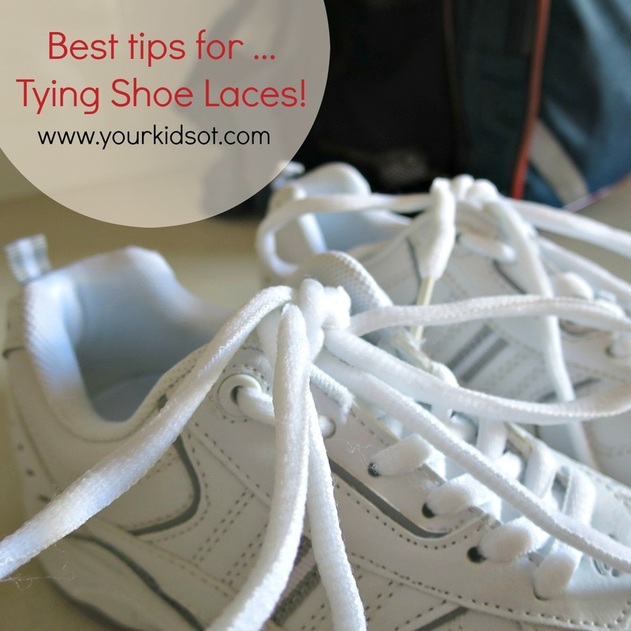

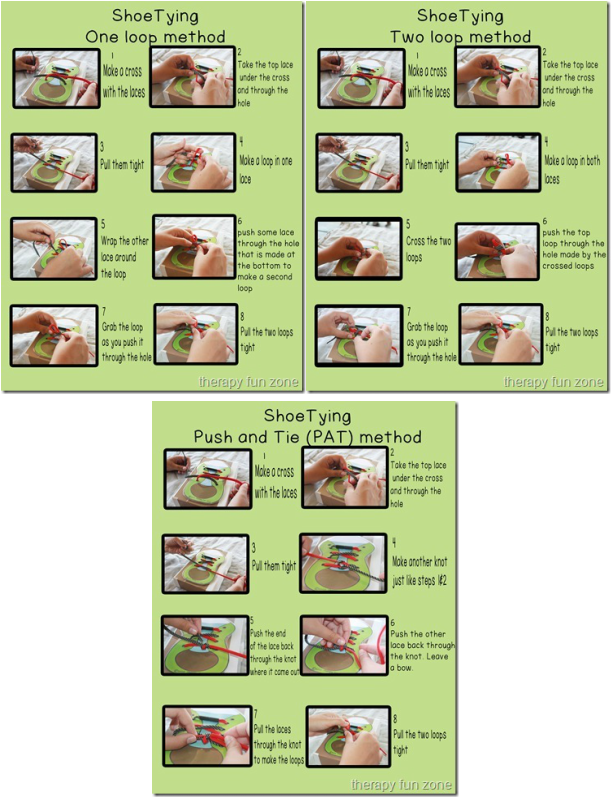
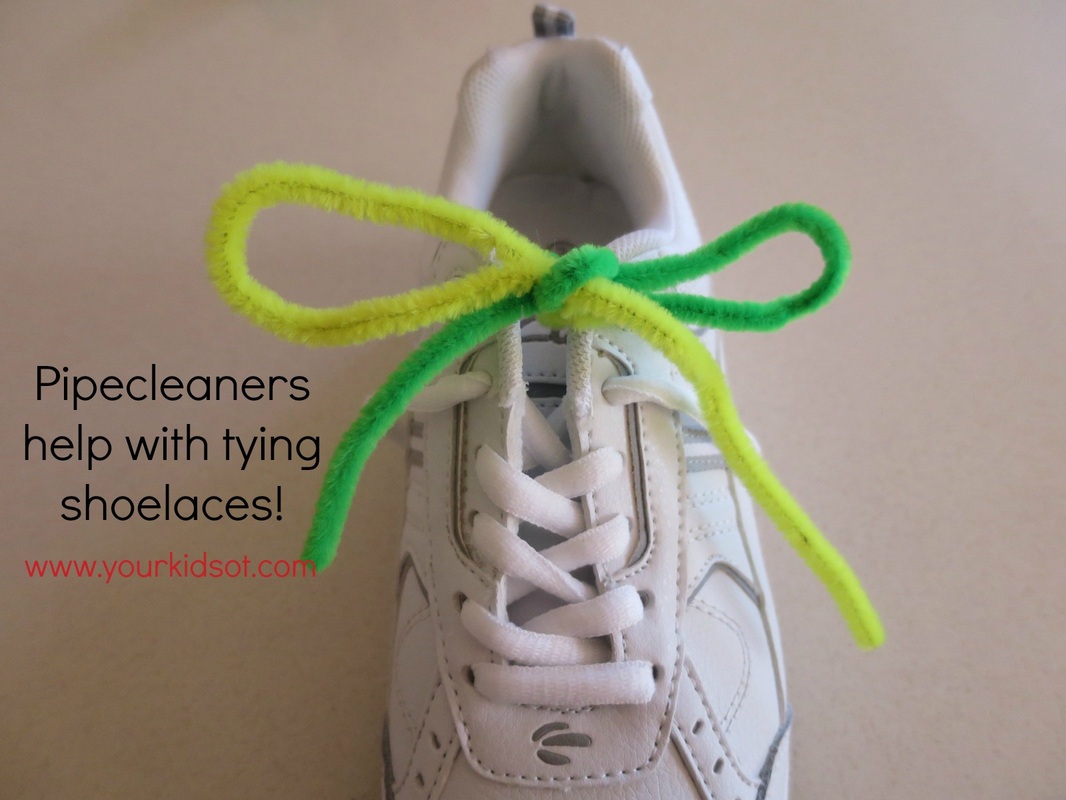
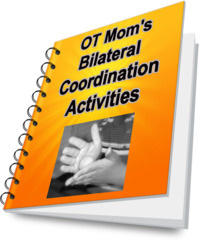

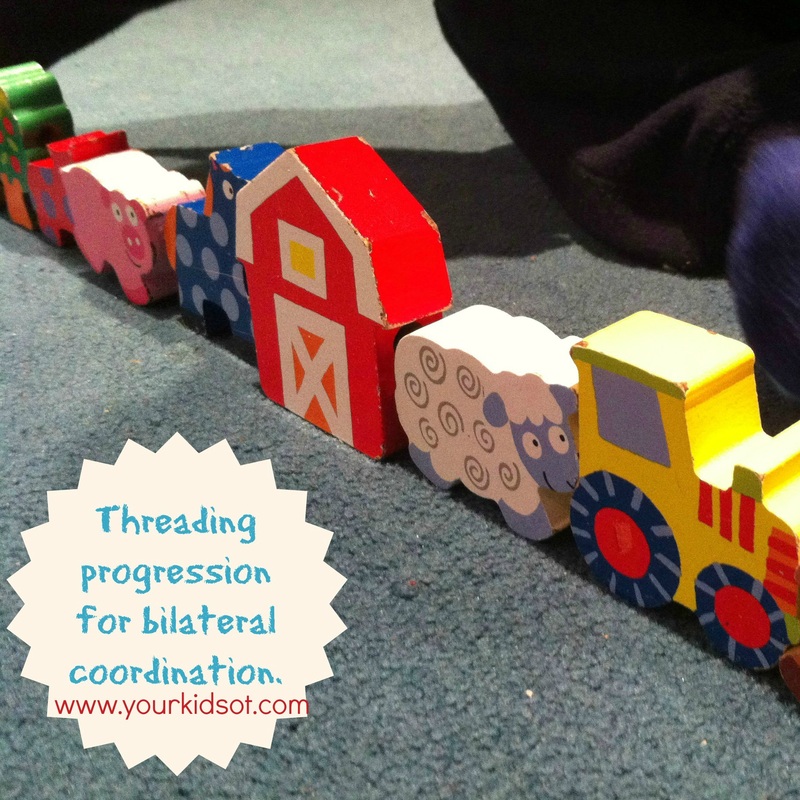
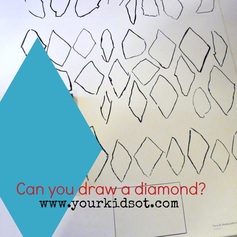
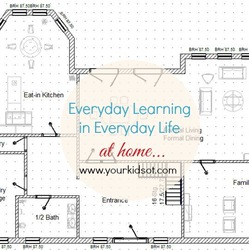
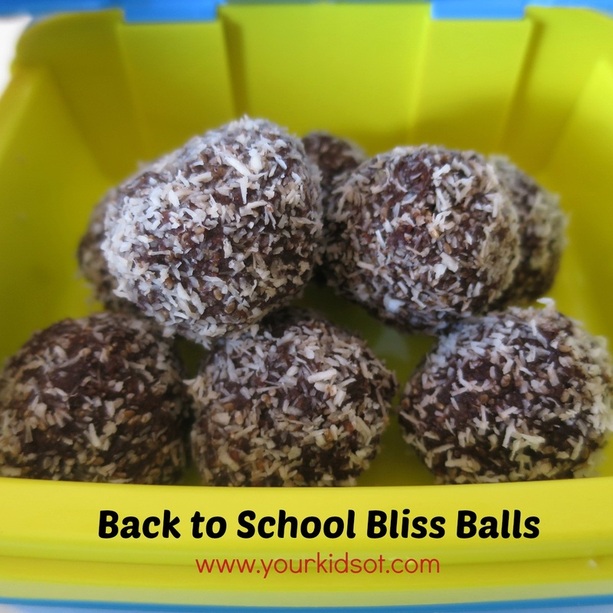

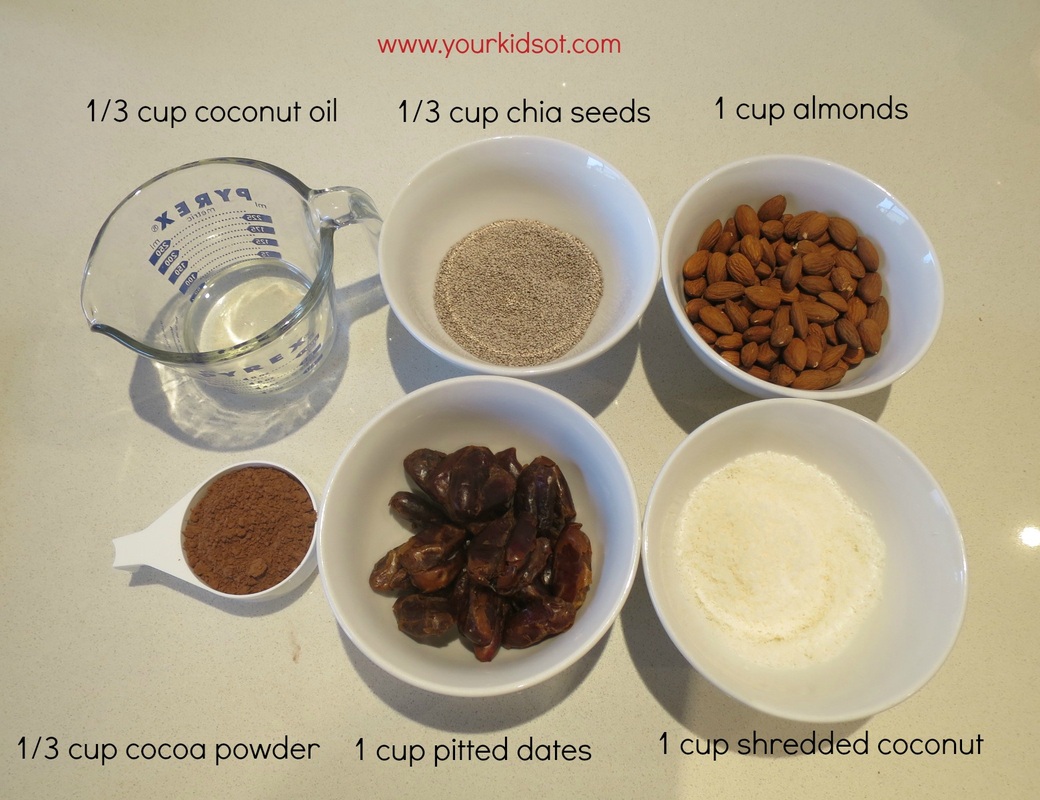
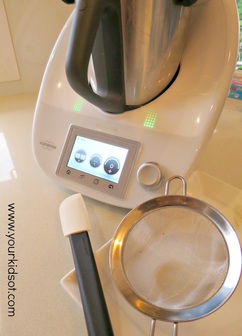
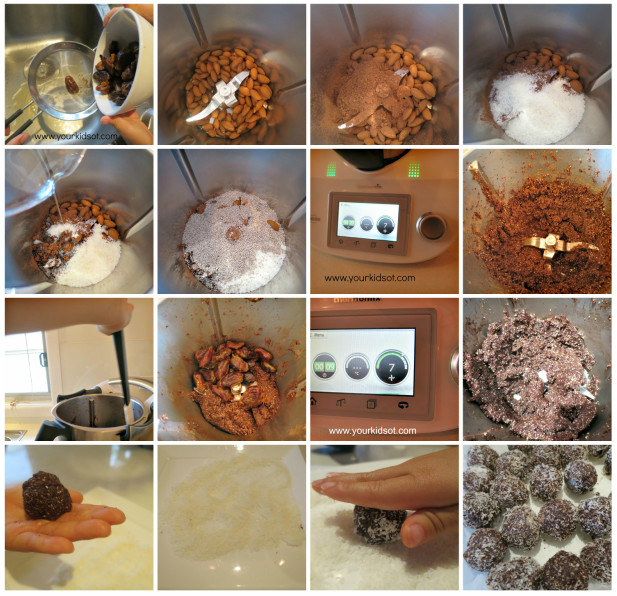
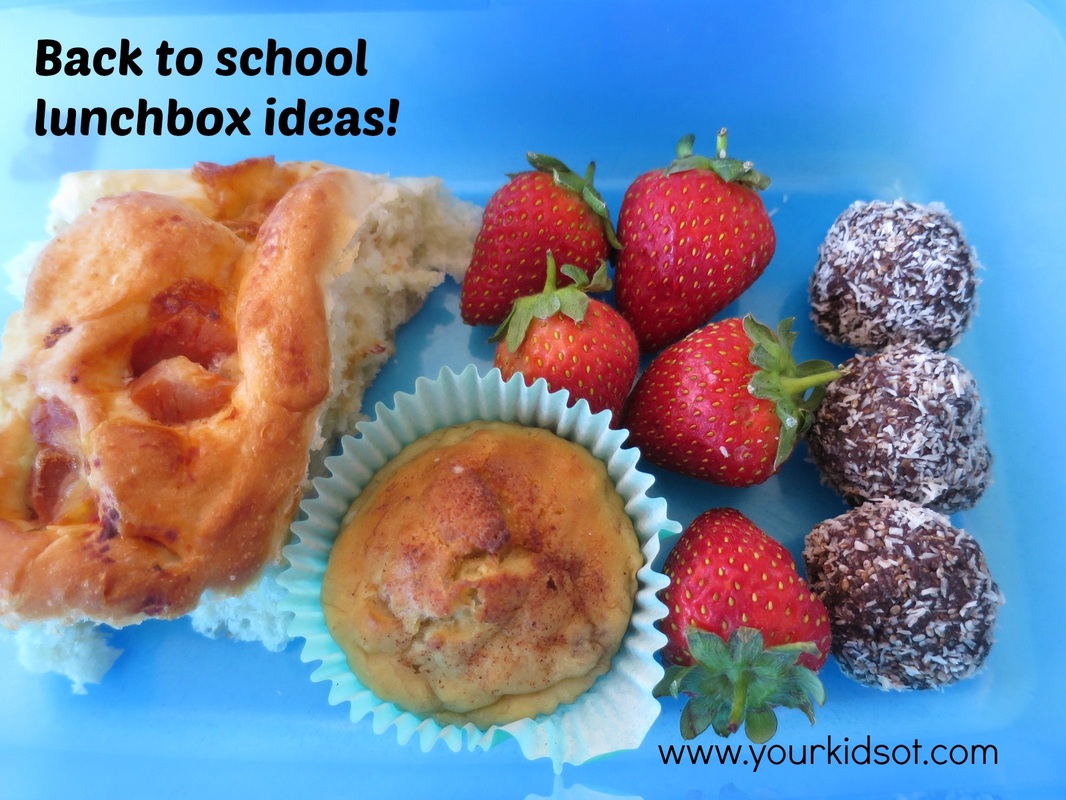

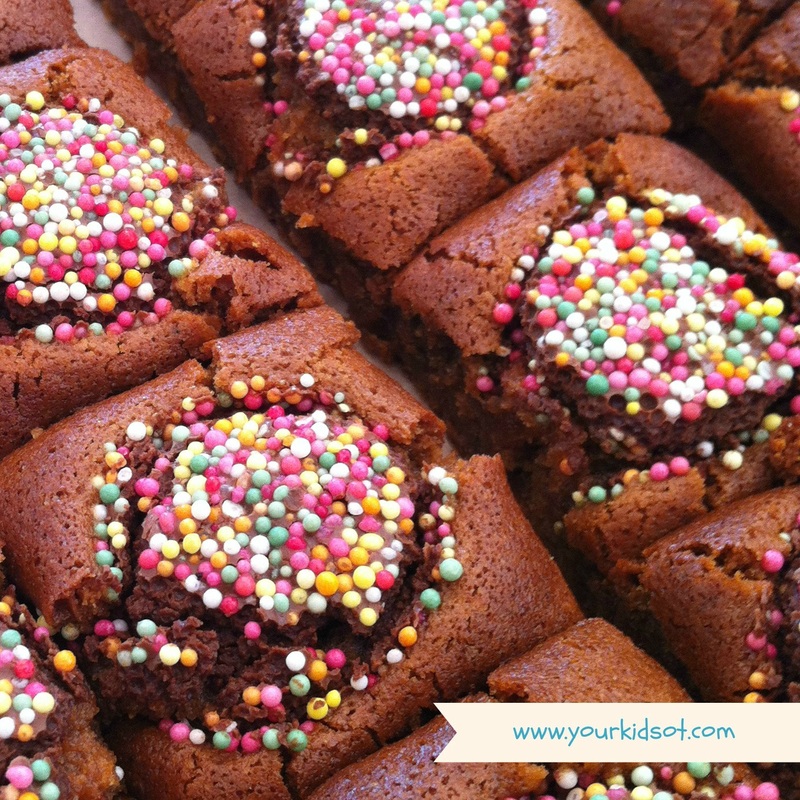
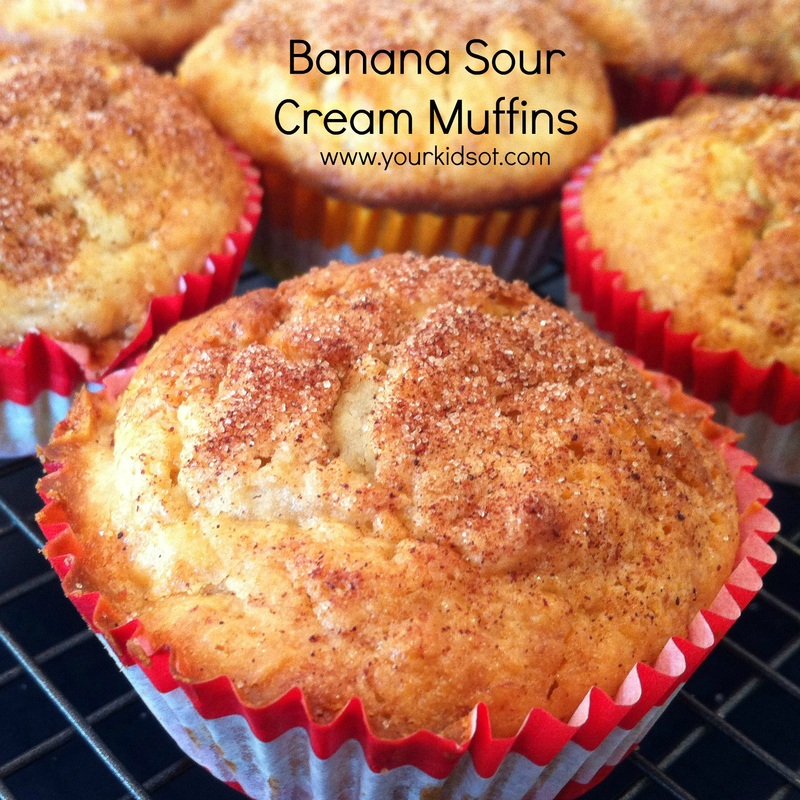
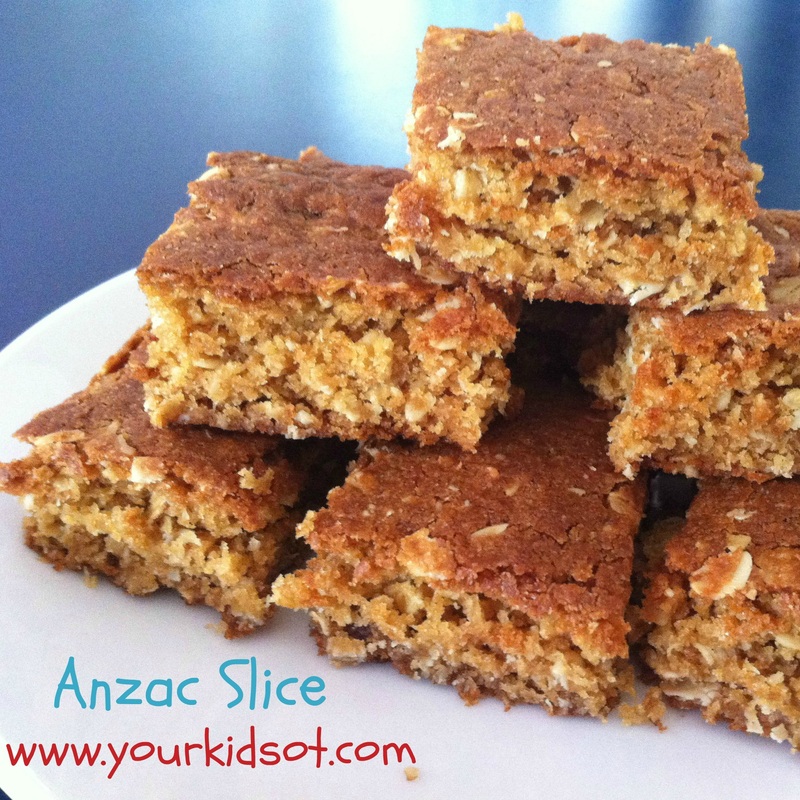
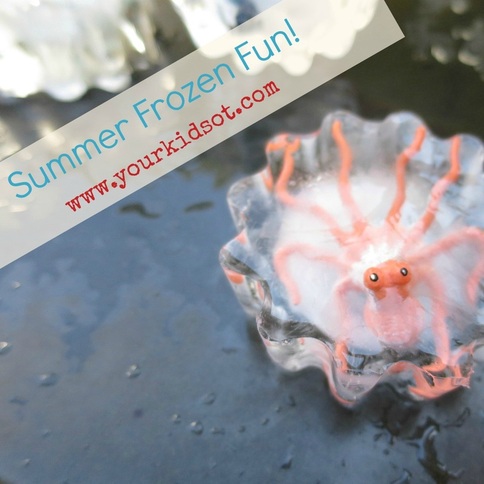
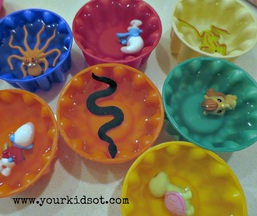
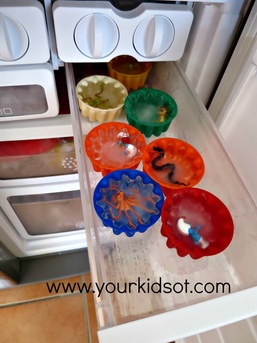
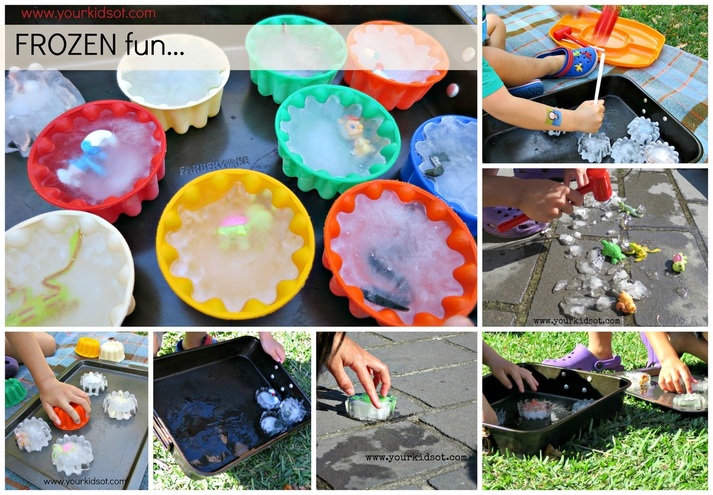

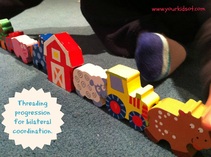
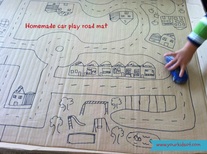
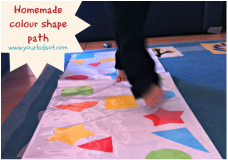
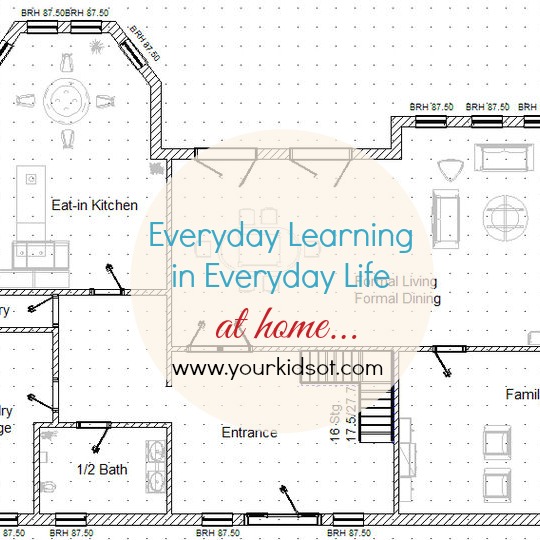

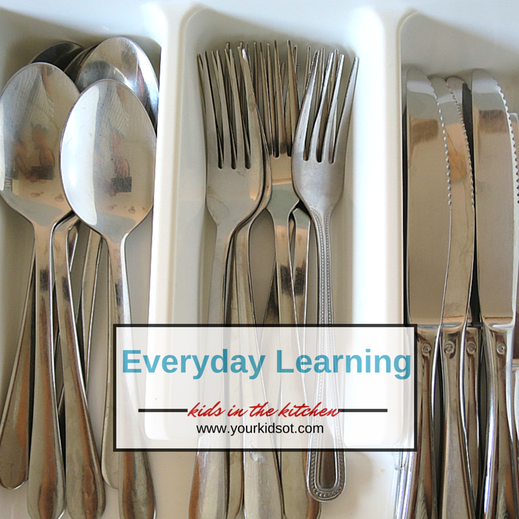
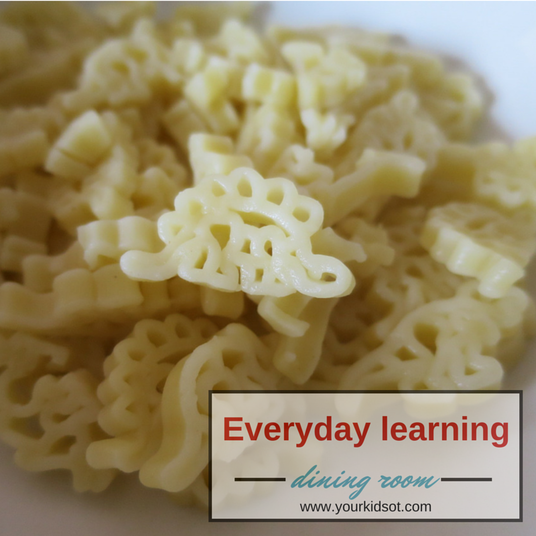
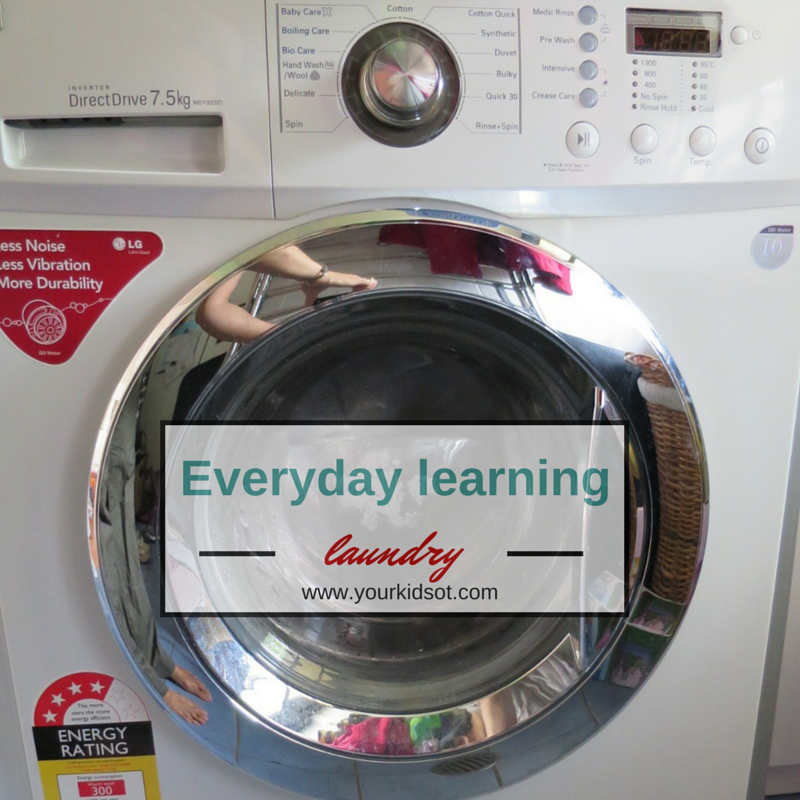
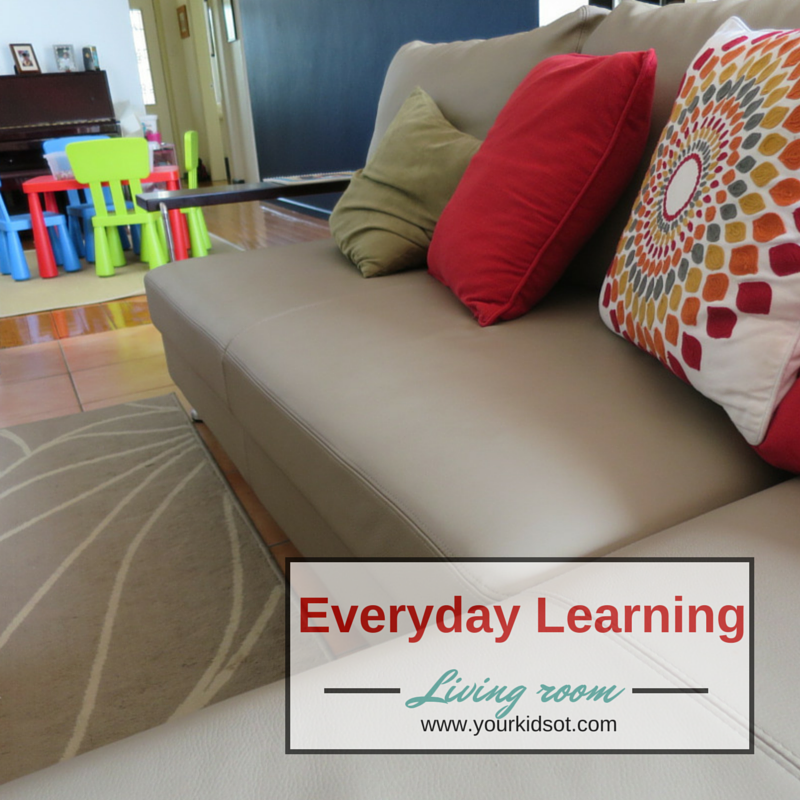
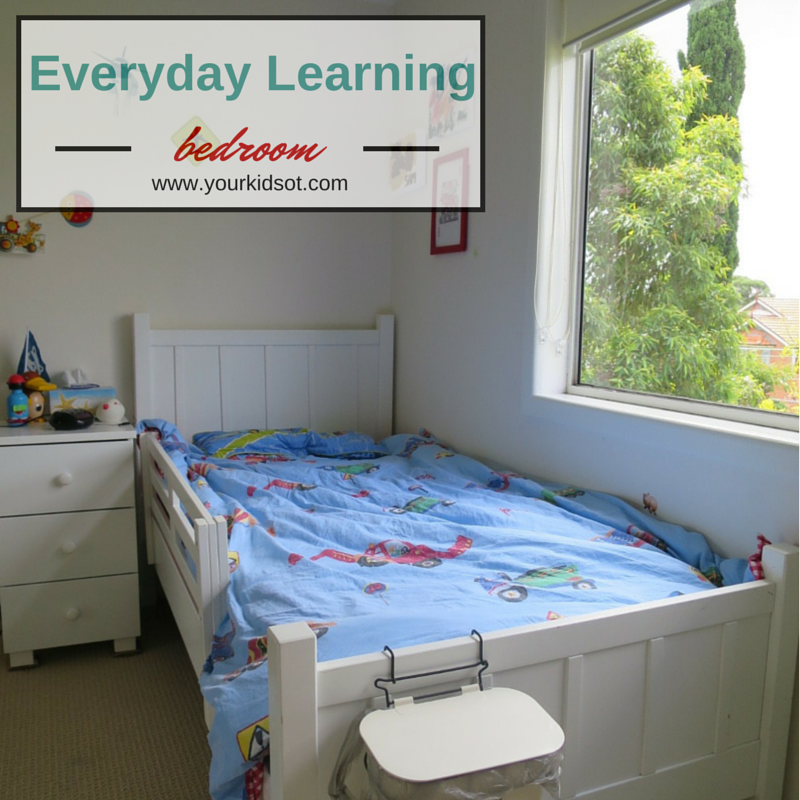

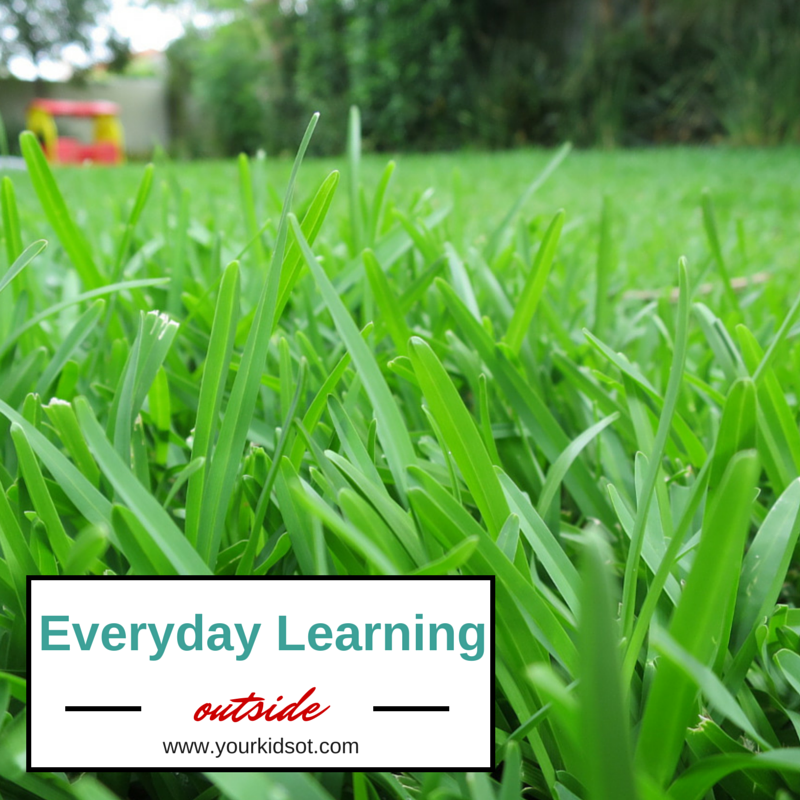

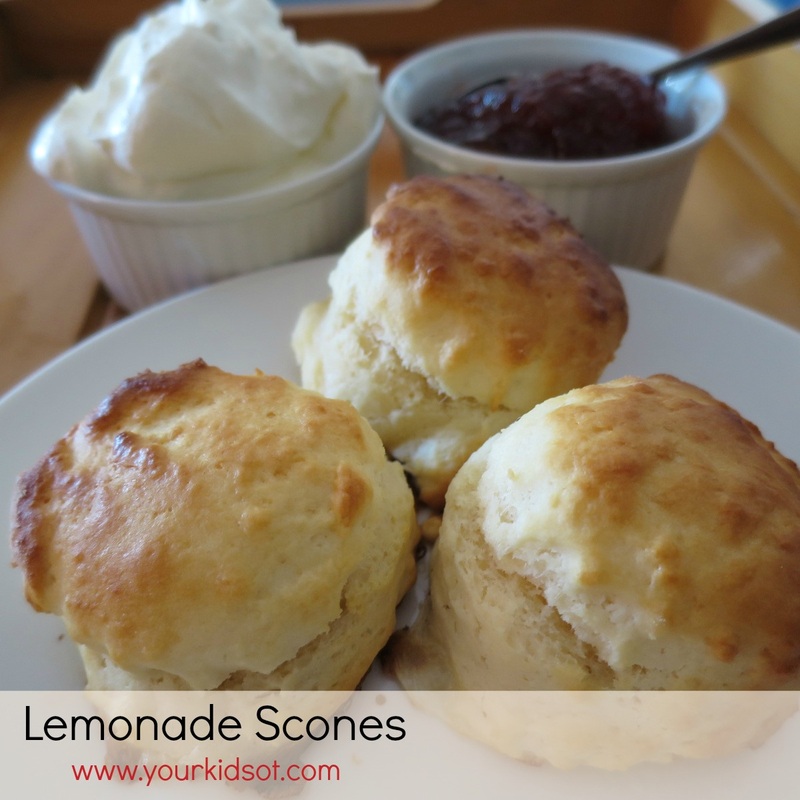
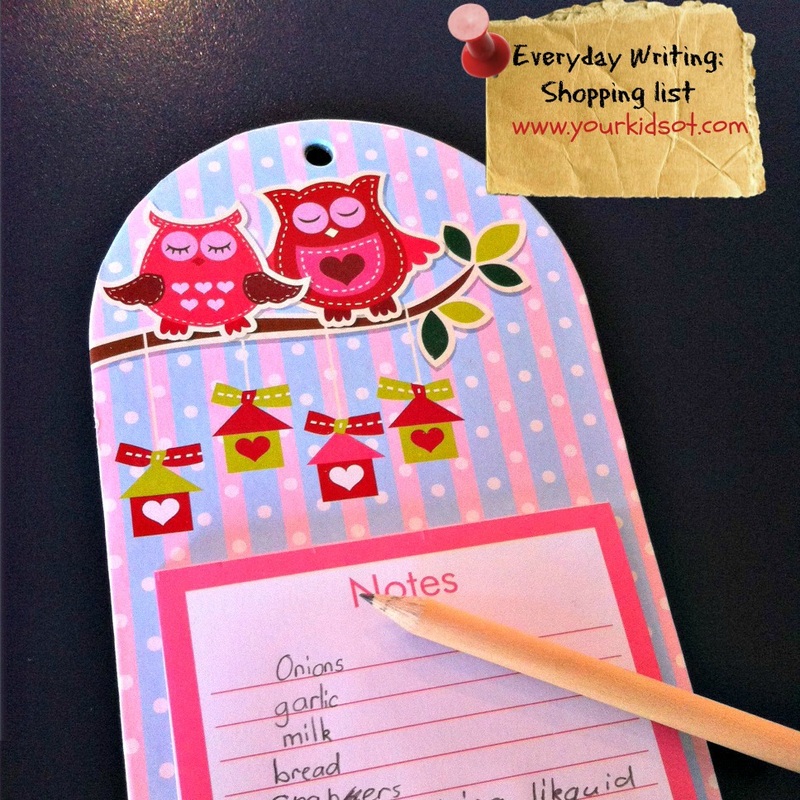
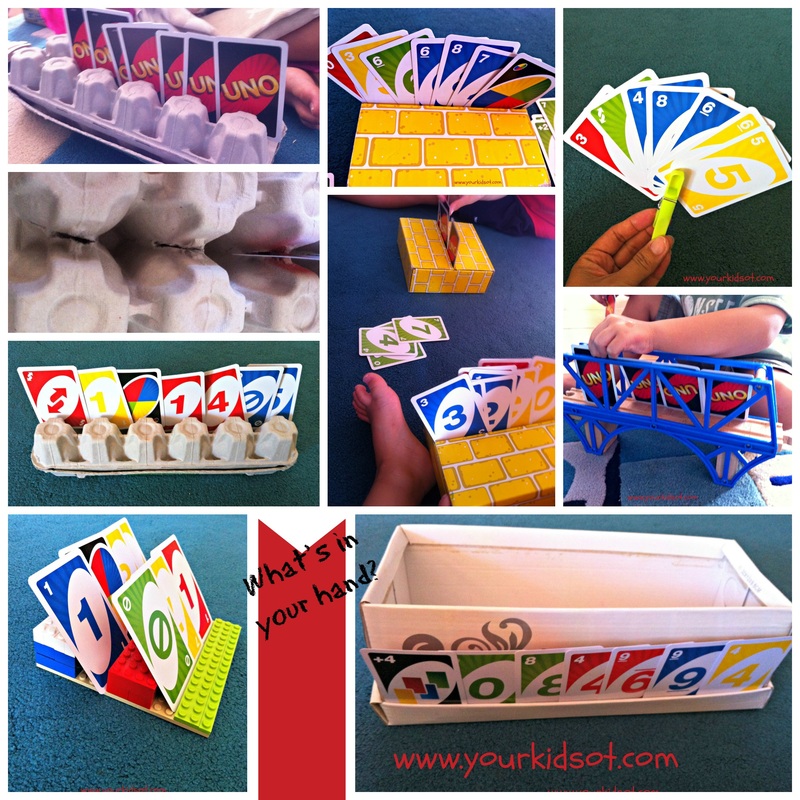
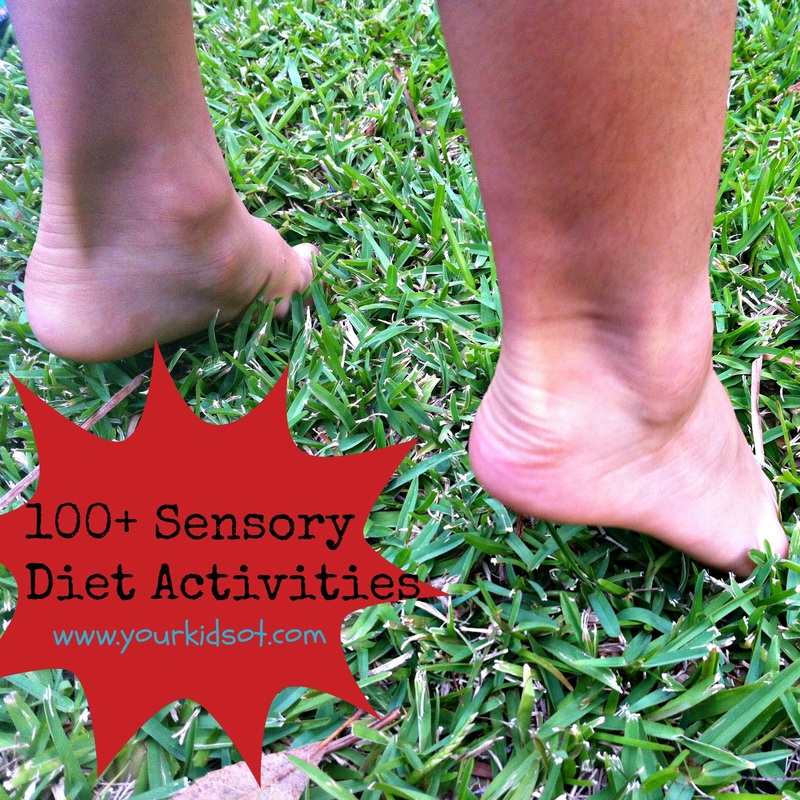
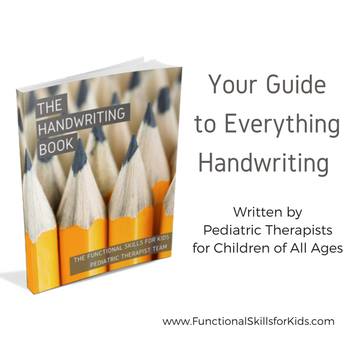
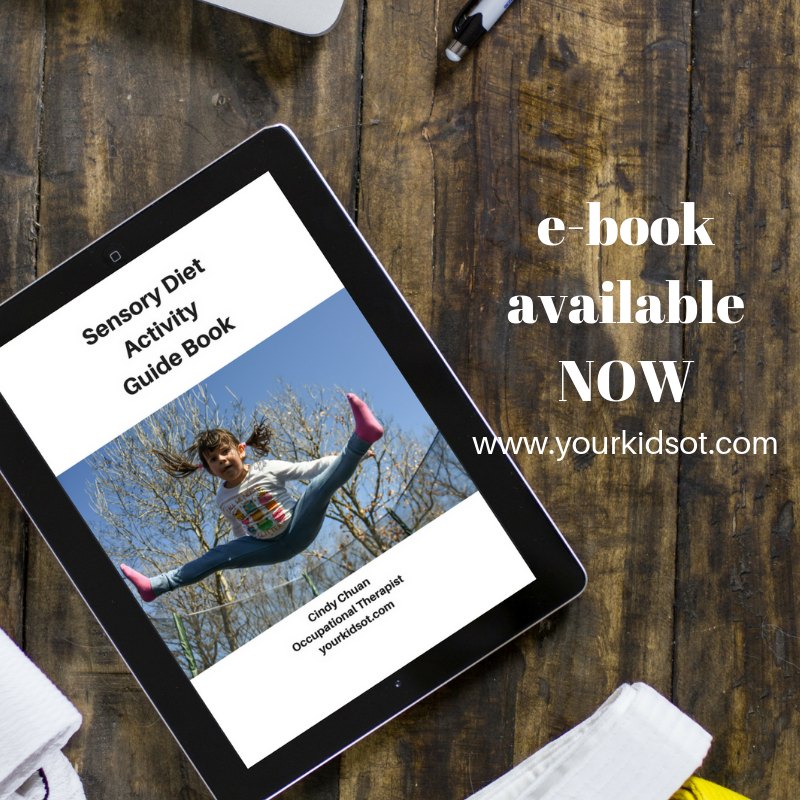
 RSS Feed
RSS Feed
